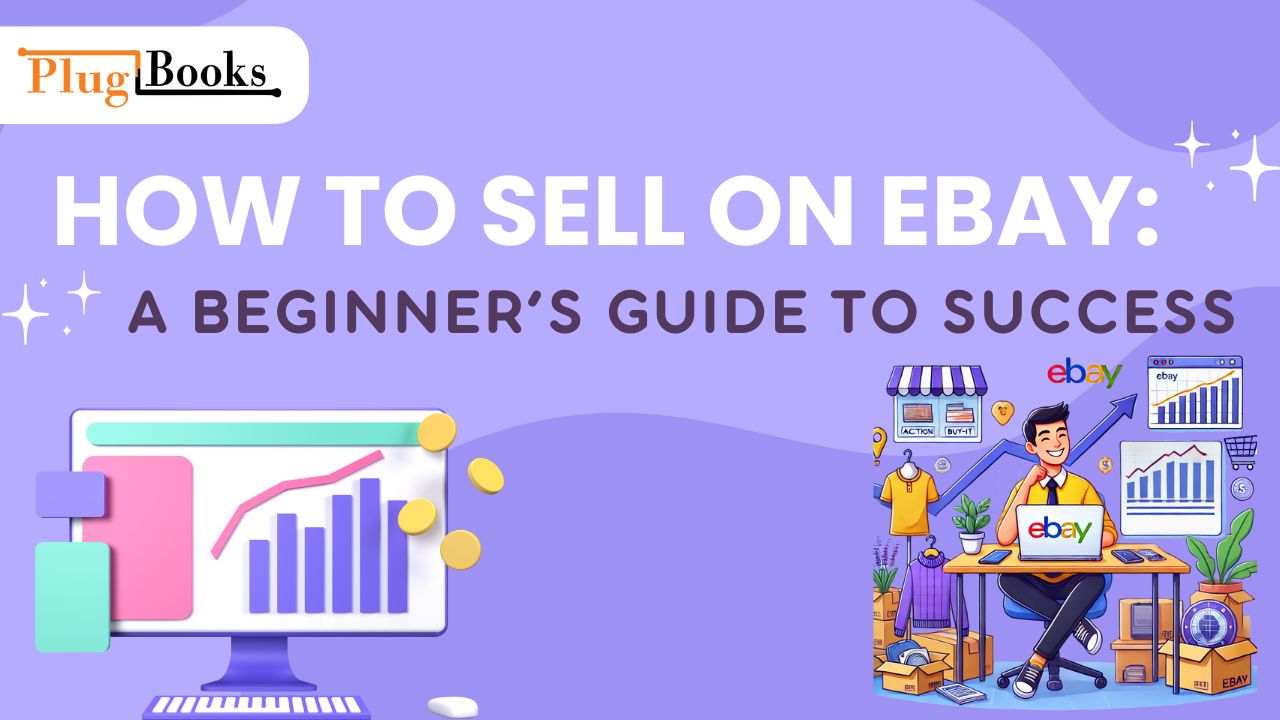Have you ever wondered how to turn your unused items into cash or even start a thriving online business? Selling on eBay is one of the easiest and most effective ways to do just that! Whether you’re decluttering your home or looking to launch a side hustle, this guide will walk you through how to sell on eBay step by step.
With over 180 million active users, eBay offers a massive marketplace to reach buyers worldwide. Ready to get started? Let’s dive in!
Why Sell on eBay?
eBay is a trusted platform that connects sellers with buyers globally. It’s beginner-friendly, offers flexible selling options, and provides tools to help you succeed. Plus, you can sell almost anything—from electronics and clothing to collectibles and handmade goods.
How to Sell on eBay: A Step-by-Step Guide
1. Create an eBay Seller Account
The first step in how to sell on eBay is setting up your seller account. If you already have an eBay account, you can upgrade it to a seller account. Simply:
- Go to eBay’s website and click “Register.”
- Choose “Business account” if you’re selling professionally or “Personal account” for casual selling.
- Verify your identity and link a payment method (like PayPal or a bank account) to receive payments.
Pro Tip: Take time to create a professional username and profile to build trust with buyers.
2. Research What Sells Best
Before listing items, research what’s trending on eBay. Use the “Completed Listings” feature to see what similar items have sold for. Popular categories include:
- Electronics (e.g., smartphones, laptops)
- Fashion (e.g., shoes, handbags)
- Collectibles (e.g., trading cards, vintage items)
- Home & Garden (e.g., furniture, decor)
Knowing what’s in demand will help you price competitively and maximize profits.
3. Take High-Quality Photos
Great photos are essential for attracting buyers. Use natural light, a clean background, and multiple angles to showcase your item. Highlight any unique features or flaws to set clear expectations.
4. Write a Compelling Listing
Your listing title and description are crucial for search visibility and conversions. Here’s how to craft a winning listing:
- Title: Include keywords like brand, model, size, and condition (e.g., “Nike Air Max Size 10 – Like New”).
- Description: Be detailed and honest. Mention dimensions, materials, and any defects.
- Category: Choose the most relevant category to help buyers find your item.
5. Set the Right Price
Pricing can make or break your sale. Research similar listings to gauge market value. You can choose between:
- Auction-style listings: Let buyers bid on your item.
- Buy It Now: Set a fixed price for immediate purchase.
Consider offering free shipping or discounts to attract more buyers.
6. Ship Items Safely and Promptly
Once your item sells, ship it quickly and securely. Use sturdy packaging, include tracking information, and communicate with the buyer throughout the process. Positive feedback from buyers will boost your seller reputation.
Tips to Boost Your eBay Sales
- Optimize for SEO: Use relevant keywords in your titles and descriptions to improve search rankings.
- Offer Excellent Customer Service: Respond to questions promptly and resolve issues professionally.
- Promote Your Listings: Use eBay’s promotional tools to increase visibility.
- Build Your Reputation: Encourage buyers to leave positive feedback.
Common Mistakes to Avoid When Selling on eBay
- Overpricing or underpricing items.
- Using blurry or low-quality photos.
- Ignoring eBay’s fees and policies.
- Failing to communicate with buyers.
Final Thoughts
Learning how to sell on eBay is a valuable skill that can help you earn extra income or even build a full-time business. By following these steps and staying consistent, you’ll be well on your way to becoming a successful eBay seller.
Ready to start your eBay journey? Head over to plugbooks.io for more tips and resources to grow your online business. Happy selling!





4 thoughts on “How to Sell on eBay: A Beginner’s Guide to Success”